White House Farm
Introduction
Text-to-speech Audio
Images
White House
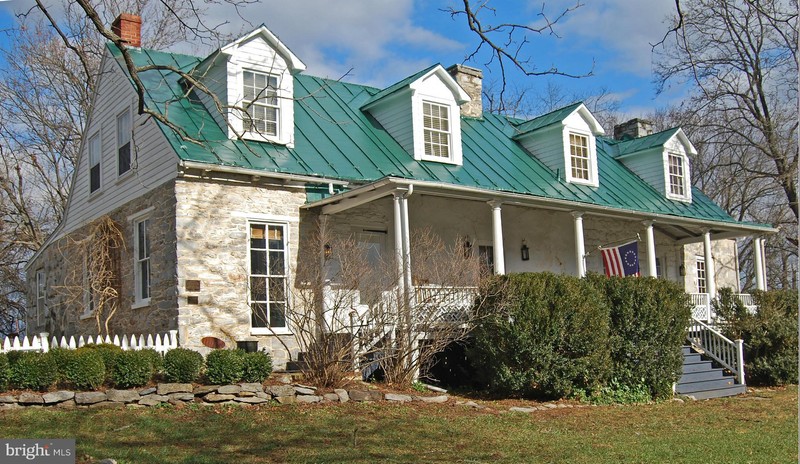
White House
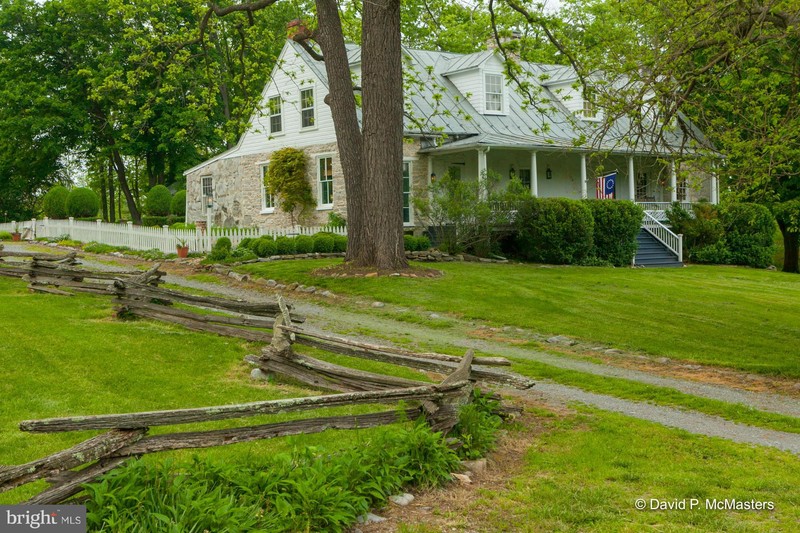
White House, rear view

View from the spring house towards the main house
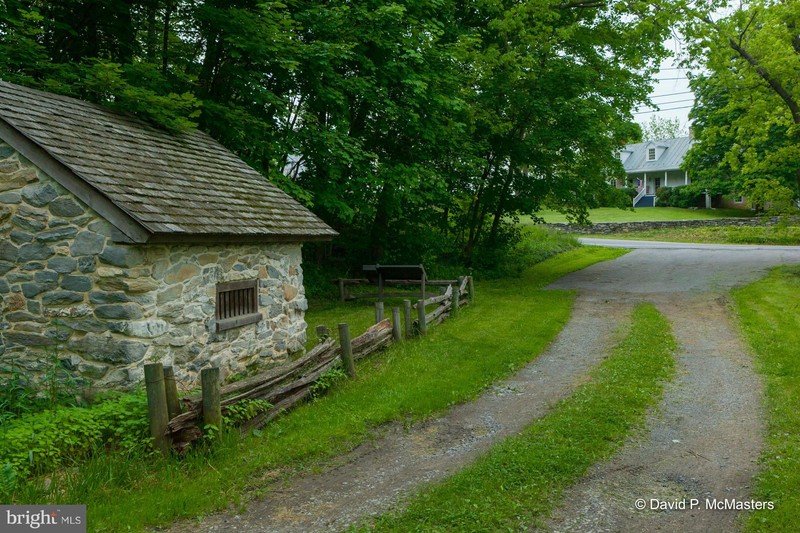
Spring house
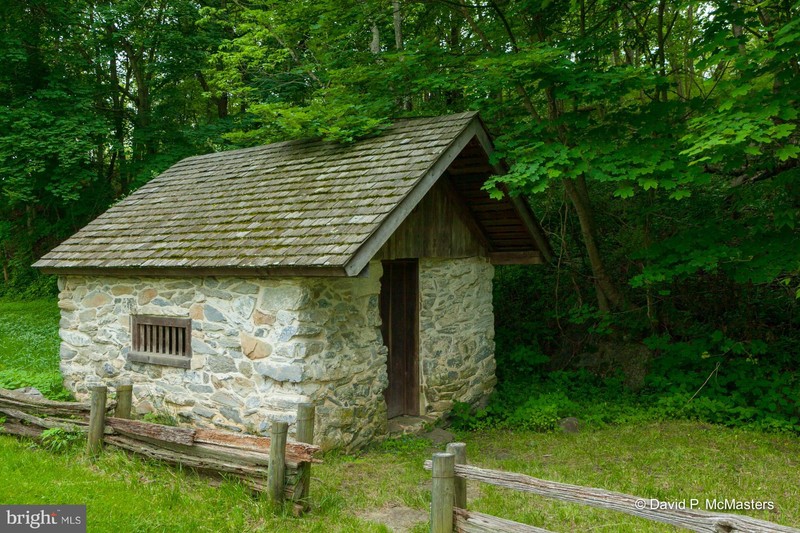
View of the stone barn with the United Confederate Veterans obelisk erected in 1910
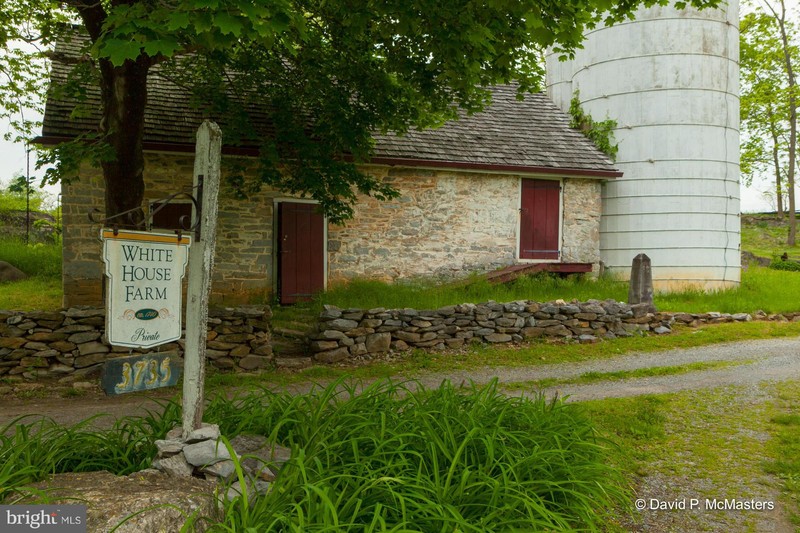
Map of the White House Farm NRHP property

White House in 1941, West Virginia & Regional History Center
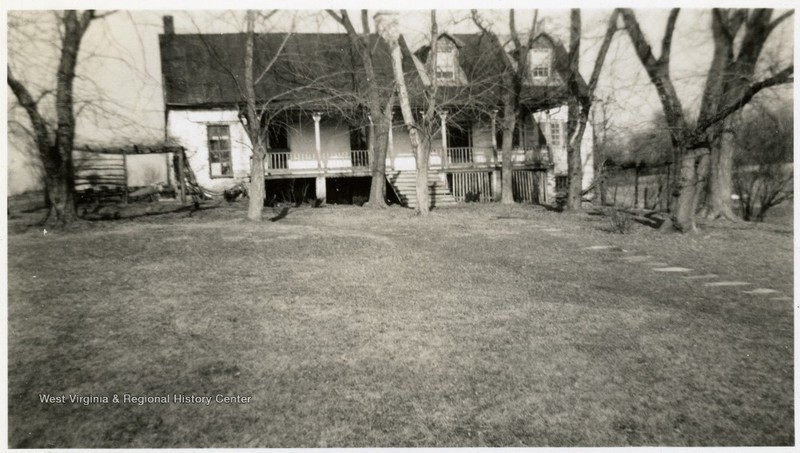
White House, possibly around 1933, Library of Congress
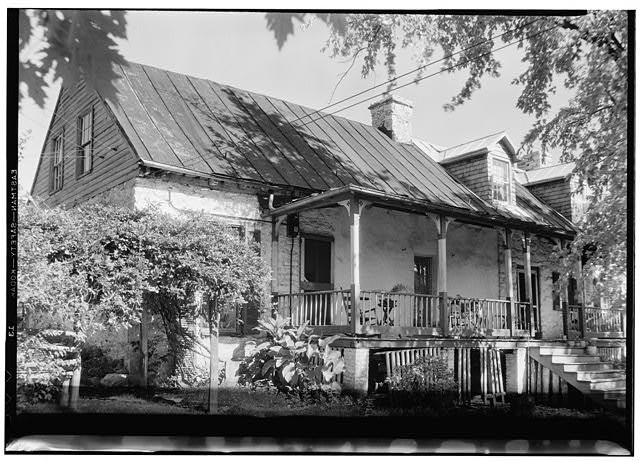
WV Historical Marker
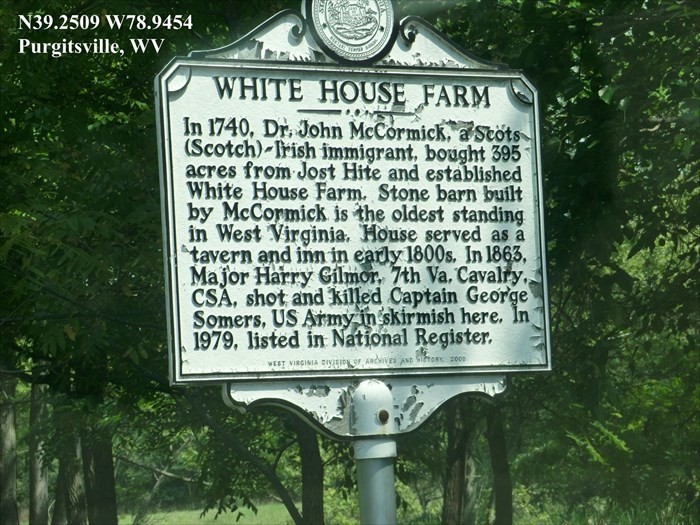
Major Harry Gilmor
.jpg)
Backstory and Context
Text-to-speech Audio
The property was granted to Joist Hite on October 3, 1734 by King George II. It was later deeded to Dr. John McCormick on March 21, 1740. McCormick studied medicine at the University of Dublin before immigrating to the American colonies. The original section of the stone house (likely the eastern half) was built in 1742 and then expanded to accommodate the growing McCormick family (he had eight children). In the late 1700s the property was owned by a man named Whitehouse who operated a tavern from the building. A nearby route between Frederick and Winchester made the tavern a popular resting spot for travelers. Drovers stayed in the ordinary (which no longer stands) and gentlemen stayed in the stone house. It is possible that during this period the two stone sections of the house were separated by a “dog trot” space to separate the guest space from the family space. The smooth stone front wall is likely a later alteration to fill that space and connect the two sections of the house.
White House was the site of a Civil War cavalry skirmish on October 7, 1863 between Confederate forces under Major Harry Gilmor and Union troops under Captain George D. Summers. Union Colonel George D. Wells at Harpers Ferry received reports of Confederate plans to attack the railroad lines and ordered his cavalry to report to Colonel Simpson at Charles Town. Simpson send a scouting party of 20 cavalrymen out on the Berryville Road. These Union troops attracted the attention of Major Gilmor’s Confederate cavalry and they pursued the Union riders but was not able to completely cut them off from Charles Town. When Colonel Simpson received reports that his scouts were potentially cut off from Charles Town, he sent a second force of 43 cavalrymen under Captain Summers out to reinforce them. The original scouts ended up returning to Charles Town by a different route, pursued by Gilmor’s men. Simpson sent his infantry out to push Gilmor’s cavalry away, and Gilmor recalled that a few of his men were captured and he turned his men back towards his camp around Summit Point. According to Gilmor’s postwar account he reached White House, owned then by a Mr. Morrow, and let his men dismount, rest the horses, and get water from the spring. While he was talking to the family, Captain Summers and his cavalry approached.
The Union and Confederate accounts of the skirmish differ. According to the Union report after the battle, Summers was at the head of his force on the road, and coming around the bend encountered Confederate forces stationed across the road. Summers charged them and fell in the first volley of fire. After Summers fell, the report states, the Union forces scattered and fell back and were not pursued. In Gilmor’s account, his men were dismounted and resting, not in formation in the road and while Summers wanted to charge his men were hesitant to move forward. Gilmor recorded Summers’ death as such: “At that moment Captain Somers, who I must say was a brave man, spurred his horse down the hill, and engaged me with his pistol, firing wildly, for I saw he was much excited. I reserved my fire till he came within twenty paces, steadied my horse with the bit, took a long, sure aim, and Somers fell from his horse. The ball entered the side of his nose, and came out at the back of his head.” According to the Union report, Summers’ men were not pursued in their retreat; however, in Gilmor’s recollection his men did pursue the fleeing Federals, stating that he had to jump his horse over the body of Summers lying in the road. Gilmor described close fighting with the Union cavalrymen, charging and taking prisoners, and forcing the Union troops to run. The Union report was written the day following the skirmish and Gilmor’s account was a memoir published in 1866, which may account for some of the differences in the accounts. On the White House property is a small stone obelisk, placed in 1910 by the Jefferson County Camp of United Confederate Veterans. This obelisk is number thirteen in a series of monuments through Jefferson County. There is a second #13 obelisk placed in Summit Point later; apparently it was intended to replace this older monument, but the original still stands.
White House Farm was placed on the National Register of Historic Places in 1979. The complex includes the main house, spring house, stone barn, pump house, and smoke house. The McCormick graveyard of unmarked graves is located near the barn, one of the oldest in the county. In addition to the expansions and alterations done on the house in the eighteenth century, the porch and steam tin roof may be additions from the late nineteenth century. The front dormers were added around 1901 and the rear dormers were added in the 1930s. In the 1950s the then owners, Mr. and Mrs. Edward Blake, added a kitchen, two baths, heating and plumbing, but otherwise tried to keep the historic design intact. The spring house is located across the road from the main house, at a head of the Bullskin Tract and adjacent to a spring fed pool.
Sources
Engle, Stephen Douglas. Thunder in the Hills: Military Operations in Jefferson County, West Virginia, During the American Civil War. Charleston, WV: Mountain State Press, 1989.
Gilmor, Harry, Colonel. Four Years in the Saddle. London: Longmans, Green, and Co., 1866. https://www.google.com/books/edition/Four_Years_in_the_Saddle/N7VXAAAAcAAJ?hl=en&gbpv=1
“National Register of Historic Places Inventory—Nomination Form—White House Farm.” Accessed December 9, 2020. http://www.wvculture.org/shpo/nr/pdf/jefferson/79002583.pdf.
“Report of Col. George D. Wells, Thirty-fourth Massachusetts Infantry, commanding brigade. Harpers Ferry, W. Va. October 9, 1863.” Page 210-211. The Miscellaneous Documents of the House of Representatives for the First Session of the Fifty-First Congress, 1889-’90. In Forty-Seven Volumes. Government Printing Office: Washington, 1891. https://books.google.com/books?id=L7wZAAAAYAAJ&pg=PA209&lpg=PA209&dq=summit+point+october+7,+1863+skirmish&source=bl&ots=02kpFIcqNK&sig=ACfU3U1bKm_dSRQYB33mY6AQMRxEU1mzlA&hl=en&sa=X&ved=2ahUKEwjAoPnz28DtAhXos1kKHQ5pCws4ChDoATAJegQIChAC#v=onepage&q&f=false.
"3735 Summit Point Rd, Charles Town, WV 25414." Snyder Bailey. Accessed December 9, 2020. https://snyderbailey.com/IDX/3735-SUMMIT-POINT-RD-Charles-Town-WV-25414/121142075356_MRIS/0005604.
"3735 Summit Point Rd, Charles Town, WV 25414." Snyder Bailey. Accessed December 9, 2020. https://snyderbailey.com/IDX/3735-SUMMIT-POINT-RD-Charles-Town-WV-25414/121142075356_MRIS/0005604.
"3735 Summit Point Rd, Charles Town, WV 25414." Snyder Bailey. Accessed December 9, 2020. https://snyderbailey.com/IDX/3735-SUMMIT-POINT-RD-Charles-Town-WV-25414/121142075356_MRIS/0005604.
"3735 Summit Point Rd, Charles Town, WV 25414." Snyder Bailey. Accessed December 9, 2020. https://snyderbailey.com/IDX/3735-SUMMIT-POINT-RD-Charles-Town-WV-25414/121142075356_MRIS/0005604.
"3735 Summit Point Rd, Charles Town, WV 25414." Snyder Bailey. Accessed December 9, 2020. https://snyderbailey.com/IDX/3735-SUMMIT-POINT-RD-Charles-Town-WV-25414/121142075356_MRIS/0005604.
"3735 Summit Point Rd, Charles Town, WV 25414." Snyder Bailey. Accessed December 9, 2020. https://snyderbailey.com/IDX/3735-SUMMIT-POINT-RD-Charles-Town-WV-25414/121142075356_MRIS/0005604.
“National Register of Historic Places Inventory—Nomination Form—White House Farm.” Accessed December 9, 2020. http://www.wvculture.org/shpo/nr/pdf/jefferson/79002583.pdf.
"White House Tavern, Summit Point, W. Va.." West Virginia History OnView. Accessed December 9, 2020. https://wvhistoryonview.org/catalog/035087.
"White House, Summit Point, Jefferson County, WV." Library of Congress Prints and Photographs Division Washington, D.C. 20540 USA http://hdl.loc.gov/loc.pnp/pp.print. Accessed December 9, 2020. https://www.loc.gov/pictures/resource/hhh.wv0069.photos.172714p/.
"White House Farm--Summit Point WV." Waymarking.com. Accessed December 9, 2020. https://www.waymarking.com/waymarks/wm126H4_White_House_Farm_Summit_Point_WV.
Portrait of Col. Harry Gilmore, officer of the Confederate Army. United States, None. [Between 1860 and 1865] Photograph. https://www.loc.gov/item/2018666534/. Accessed December 9, 2020.
